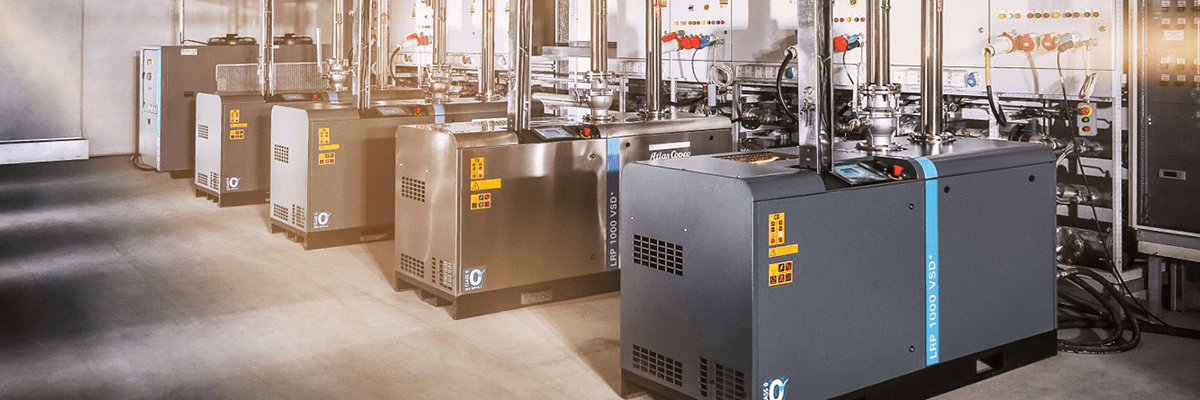
Denver, NC, October 2020: When it comes to different technologies for industrial vacuum applications, none have been around as long as liquid ring. Originally developed at the turn of the 20th century, this relatively unchanged technology is still a common product used today.
How does a liquid ring pump work?
The principle is simple. An offset rotor is placed in a cylindrical housing, and fluid (typically water) is fed into this housing. As the rotor spins, the water is thrown by centrifugal force to the outside, similar to a washing machine. The void created in the center holds gas drawn in through the inlet port of the pump. As the gas travels around the pocket of air in the center, it is compressed. This compressed air is then fed back out through the discharge port.
What industries use liquid ring pumps?
Numerous industries use liquid ring pumps. The fluids within the compression chamber make the technology beneficial to many applications, from pharmaceutical production to textile manufacturing. Since the gas and anything else in the process is washed through the fluid, liquid ring pumps have a high tolerance for contaminates. Particulates, impurities and caustic substances are diluted and discharged with the fluid. This makes liquid ring pumps particularly useful in harsh environment, such as extreme humidity.
Are there different types of liquid ring pumps?
While the structure of liquid ring pumps is largely the same, there are three different varieties of fluid systems:
Technology has certainly advanced vacuum pump operations since then, and they will continue to evolve, helping to reduce costs and increase production.